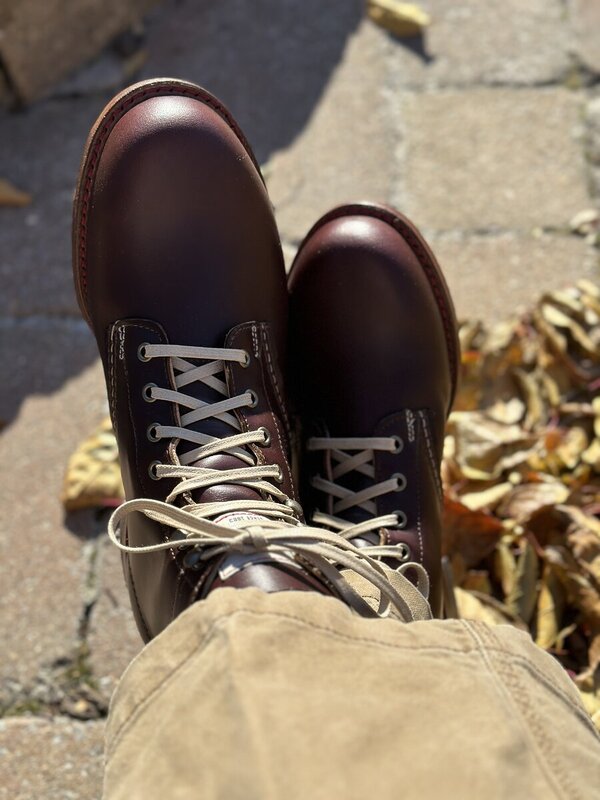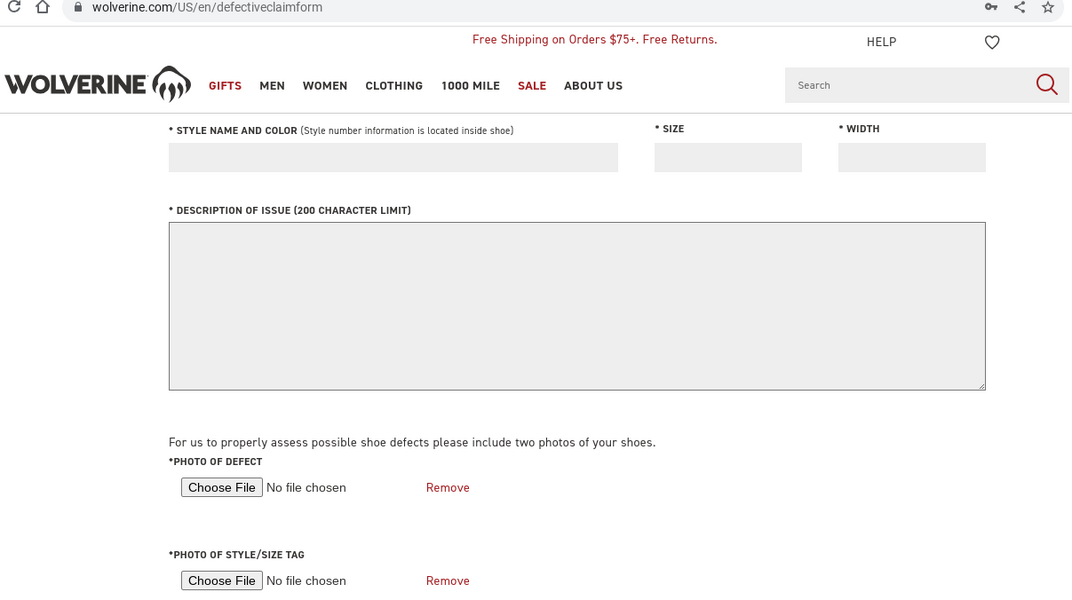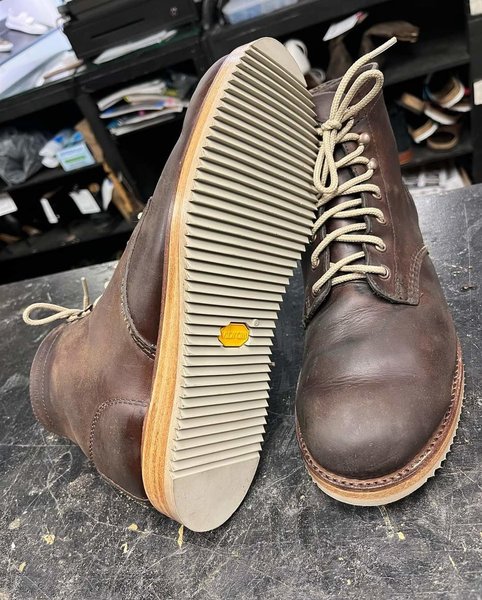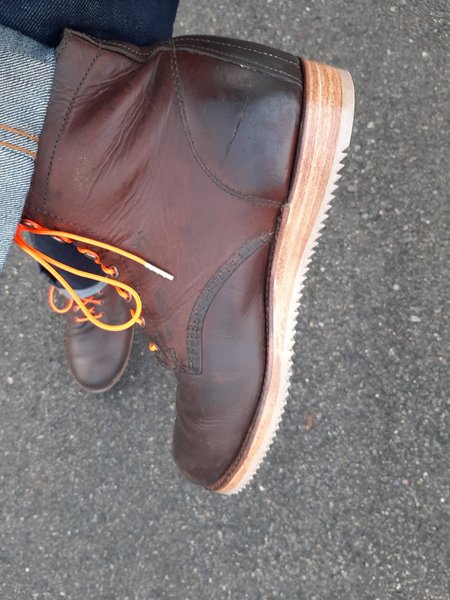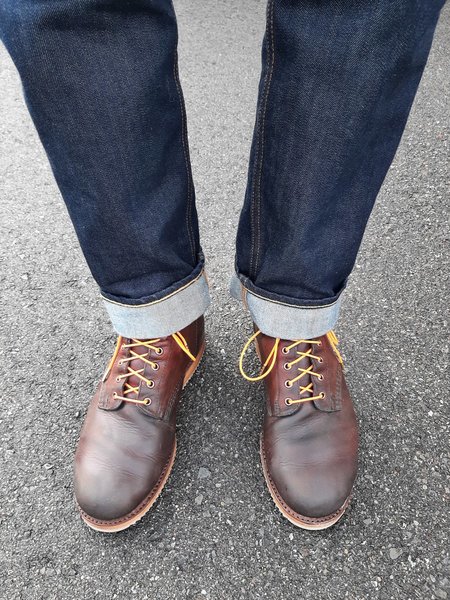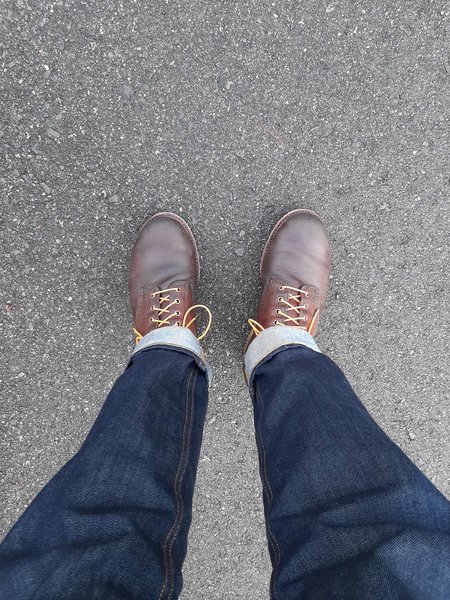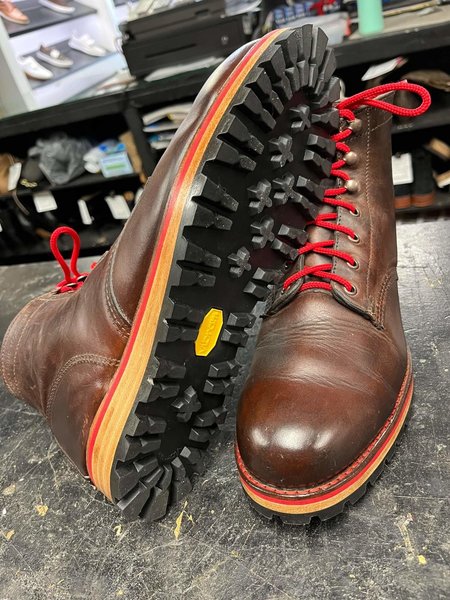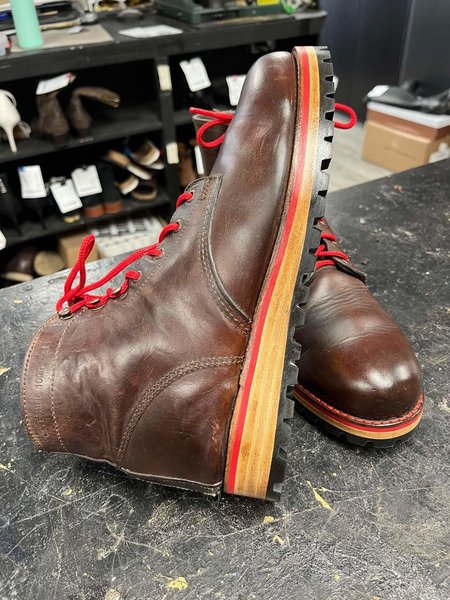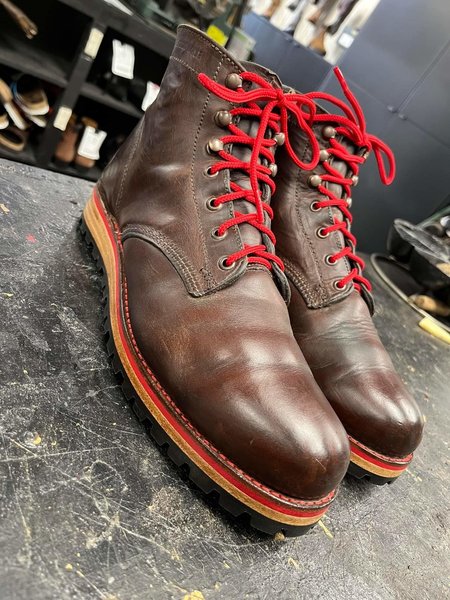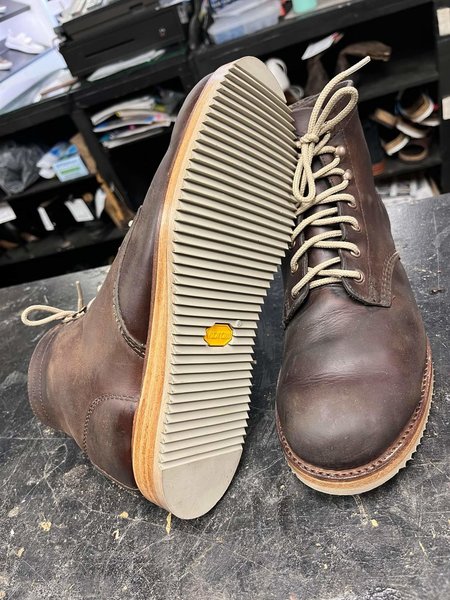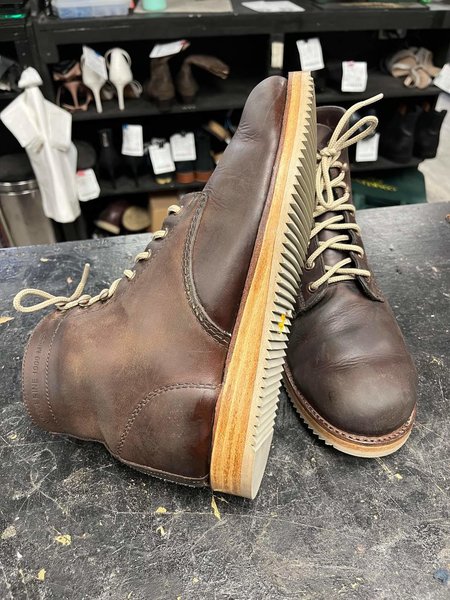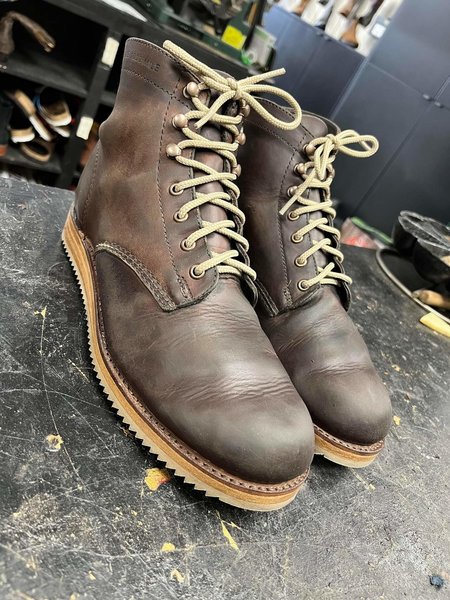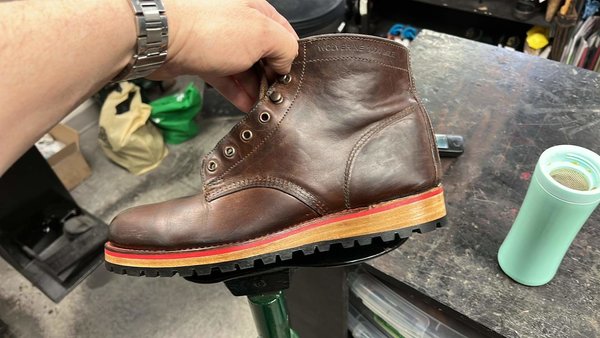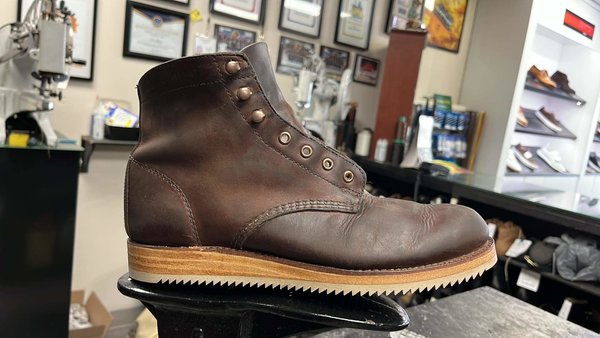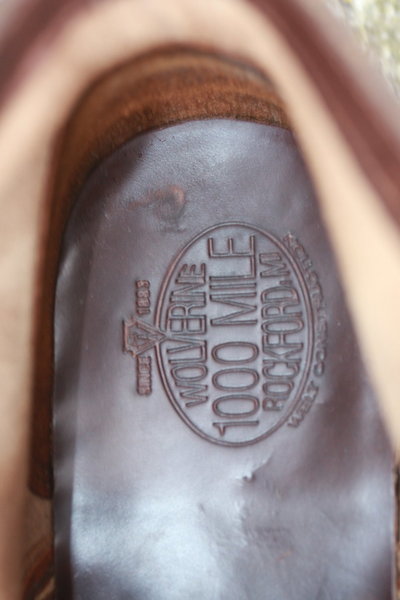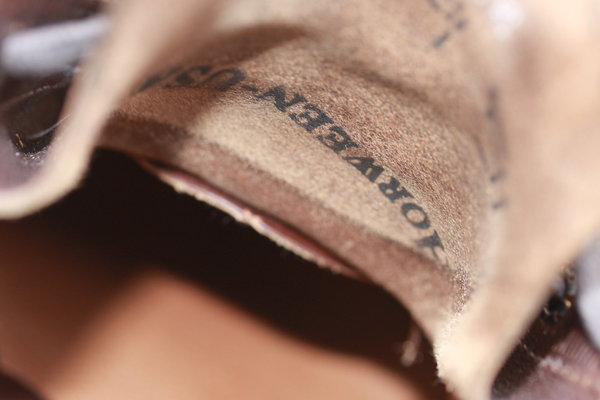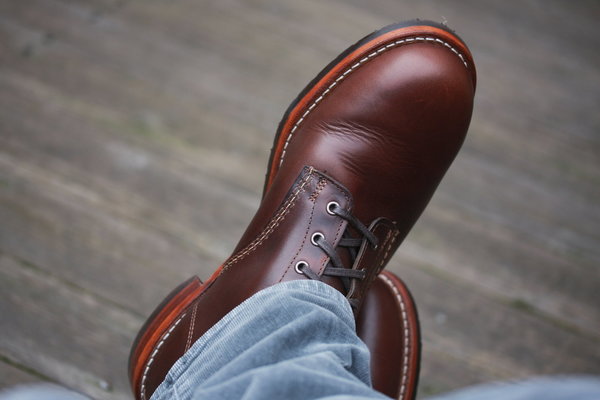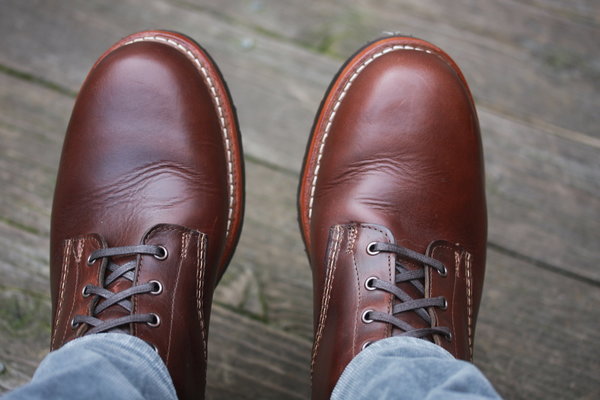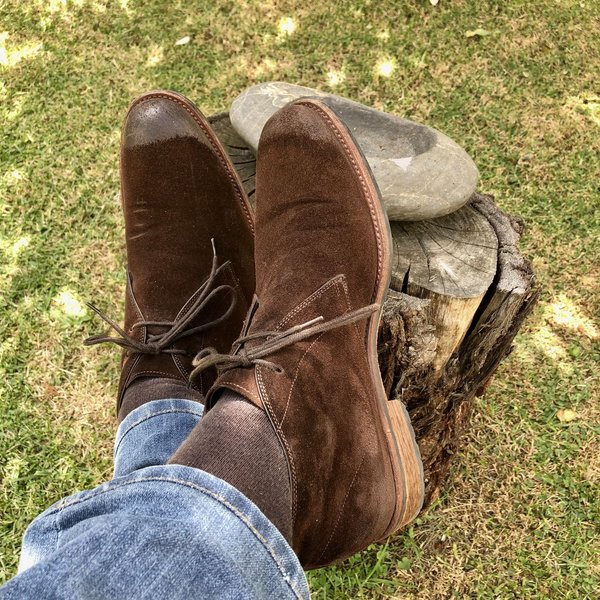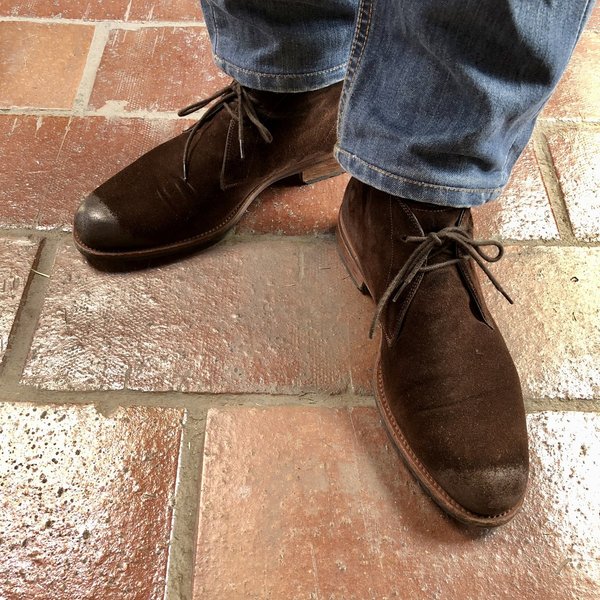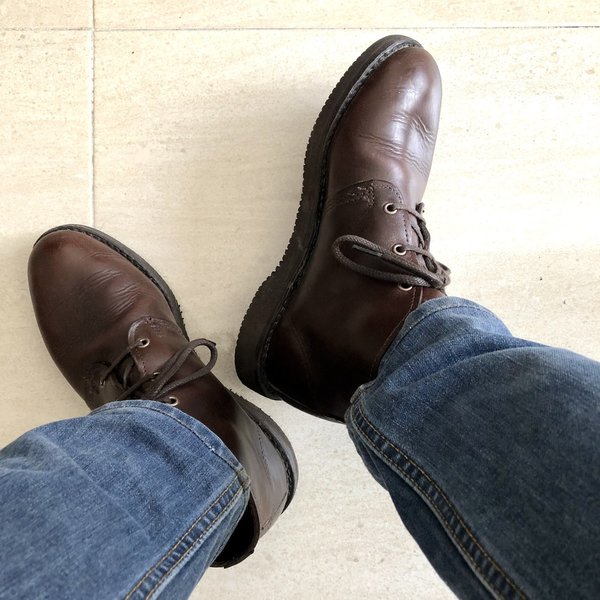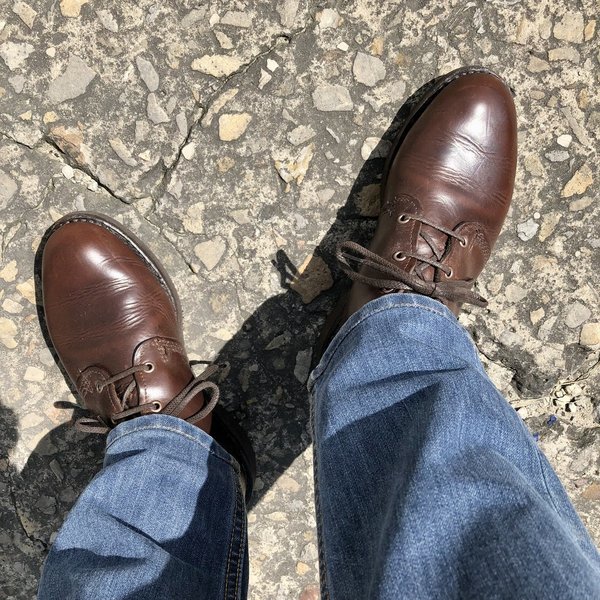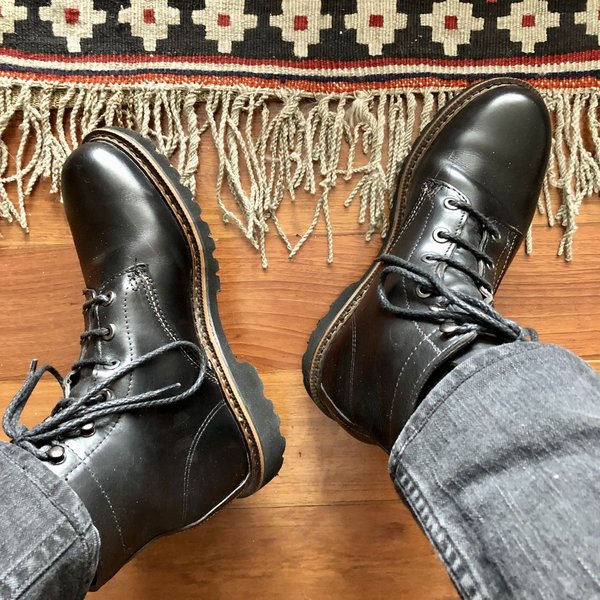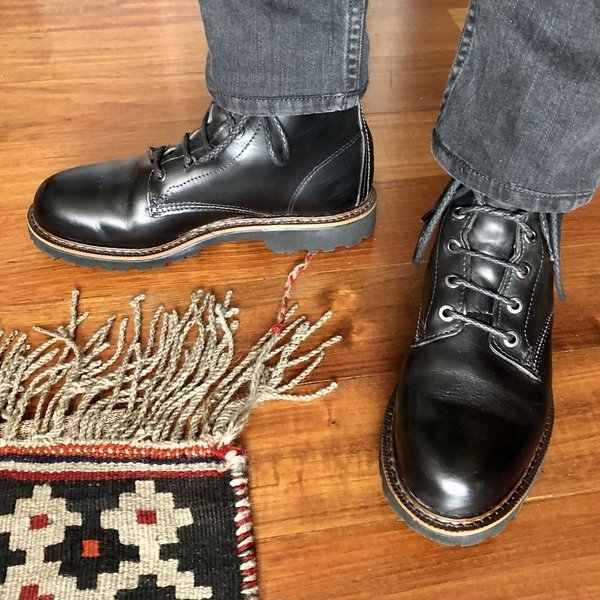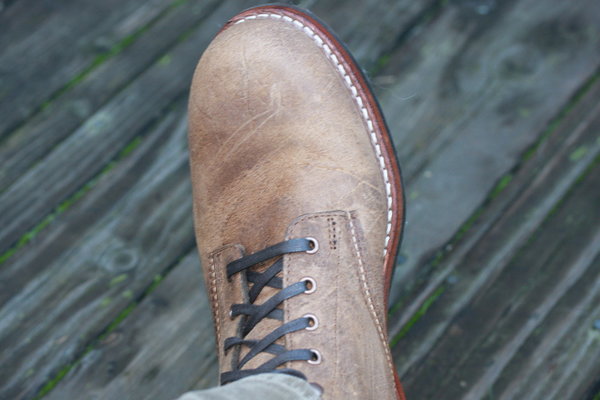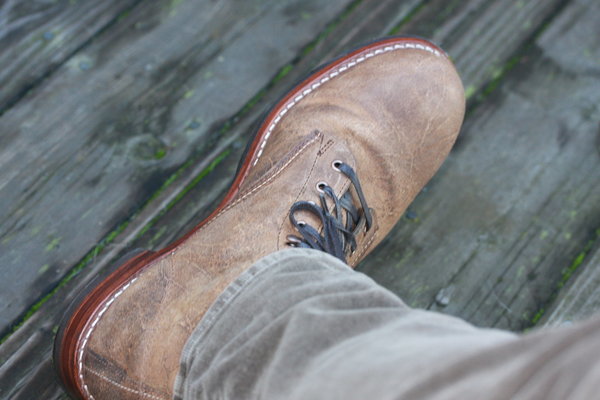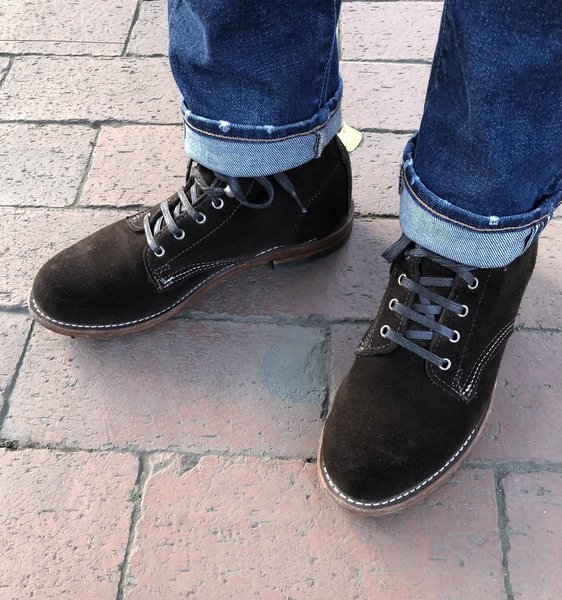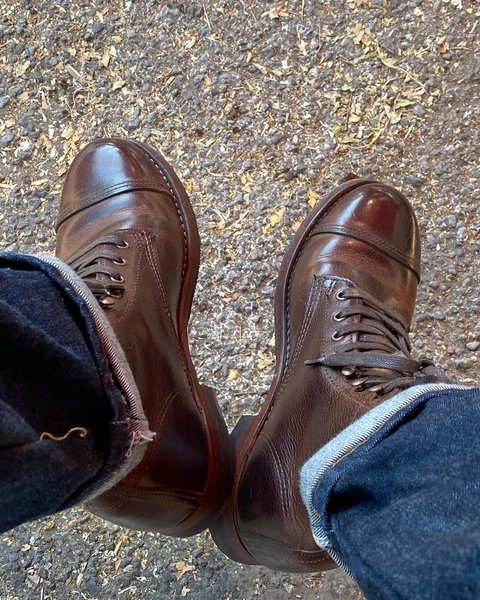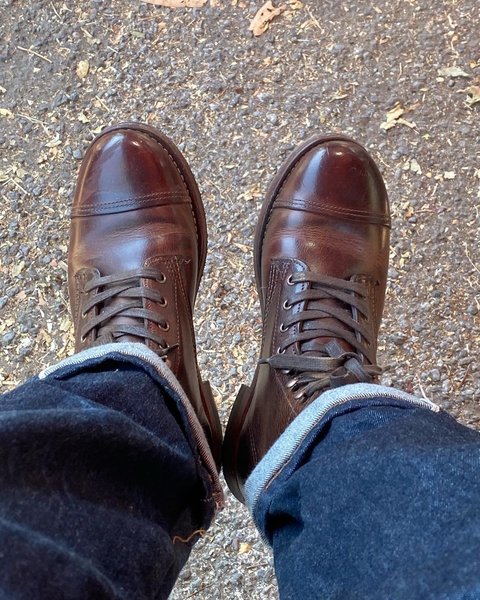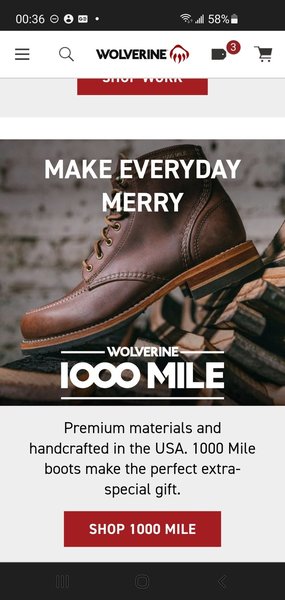patrick_b
Distinguished Member
- Joined
- Aug 13, 2007
- Messages
- 6,739
- Reaction score
- 9,808
...can't imagine a 5 mm outshell to be very comfortable.
Mike, Can you elaborate on the above captioned comments? Is 5mm too thick or too thin?
Well, I'm a leather hobbyist ... ...I wouldn't want to wear boots made out of full-grain 15 oz hide from adult steers anyway.
Just curious why it's undesirable in a boot, too thick or too thin?
But of course when the hide comes out from the tanning pit or drum, it would be full-grain. I was just assuming the leather would have been split after tanning to achieve a thickness that's more suitable for boot-making? Or the CXL used on the boots come from younger animals or thinner cuts on the hide?
Can you elaborate on the splitting process you reference (why, how, etc.?)? Thx for sharing your thoughts.







